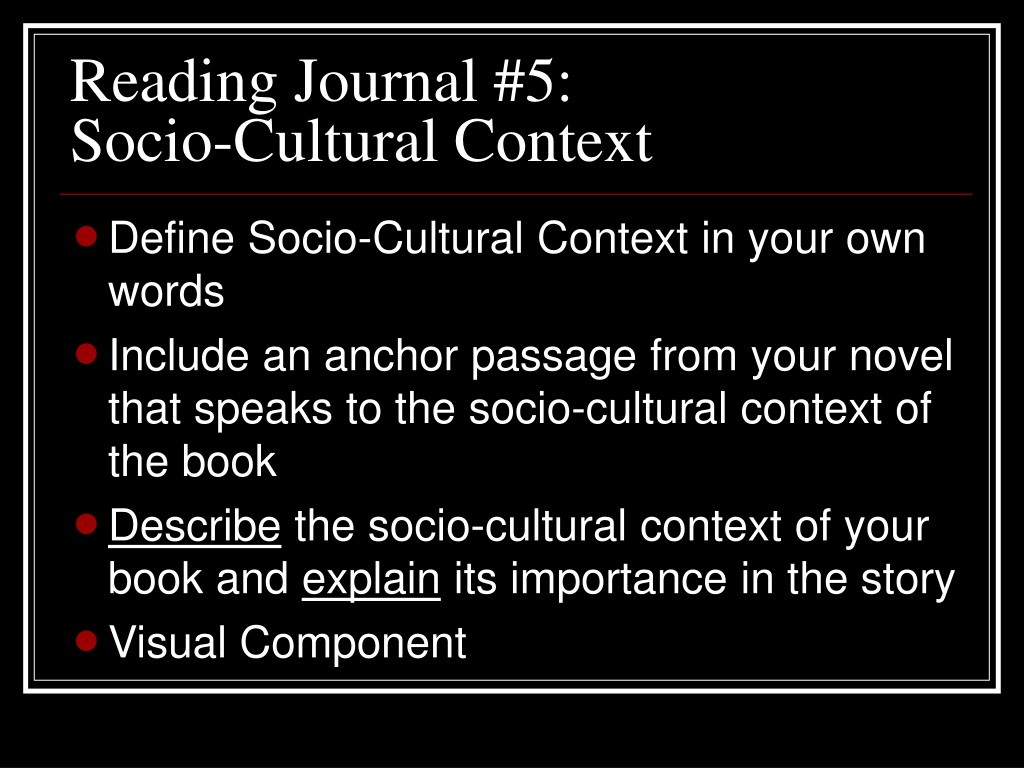

Your neighborhood can also share a lot of information about education. People who only live close to fast food restaurants may be in worse health. For example, people who live closer to grocery stores may be in good health. A researcher may find that people who live in poor conditions are more likely to become sick because of mold.Īdditionally, the neighborhood a person lives in can impact their health. For example, the place you live can affect your health. The place where you live has a major impact on some of the other factors listed here. These screenings prevent further medical problems, like serious illness. People who visit the doctor regularly are more likely to undergo health screenings. People with healthcare are more likely to visit the doctor.

Many people do not have access to healthcare.

This status also shows how likely someone is to go to college or to have access to healthcare. It also shows what resources they may have access to. Vignettes are frequently used in research to collect data (Hughes and Huby 2002 ) but can, as in the present study, also be used to present research data collected through interviews. Remember that this group is affected by many other factors, including family and income level.Ī person’s status in society, called their socioeconomic status, says a lot about their role. The sociocultural context of each department is described using vignettes to provide a rich description of the context as experienced by the teachers in the study. This group can include family members, friends, classmates, neighbors and co-workers. It can also include the people you relate to most. Reference Groups Are a Sociocultural FactorĪ reference group is made of all the people you compare yourself to. For example, the place a person lives means they might have an accent or talk in a different way from somebody in another part of the country. Language can also include tone and region. Your plan should be to reach those who speak Spanish and English. For example, let’s say you’re writing educational materials to target a group that speaks Spanish as a first language. The language a group speaks shows how its members understand information. For this reason, many people will consider education level when they study neighborhoods and other factors. People who have gone to college tend to have different jobs than those who have not. Somebody who works in marketing wants to understand education because it tells him or her about the consumer’s needs and desires. Seeing some examples of these factors can help you understand their impact. Sociocultural factors can have positive and negative effects on people.


 0 kommentar(er)
0 kommentar(er)
